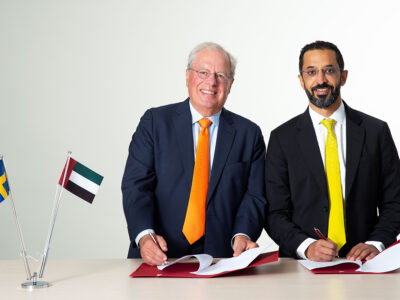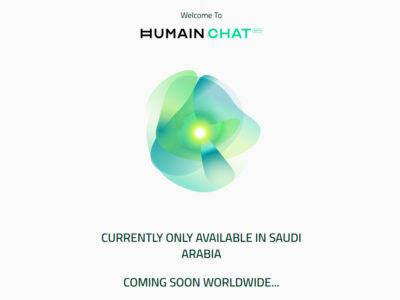The Middle East and North Africa (MENA) region’s digital economy is predicted to hit a whopping $400 billion mark by 2030 from the estimated $91 billion in 2021, new research said.
The run-up to the $400 billion mark is also forecast to see major structural changes in the region’s digital economy, with sectors such as edtech and healthtech emerging as top performers, while online travel, food and bill payment sectors projected to see decline in their growth rates, said the study by RedSeer Strategic Consultants, a global digital services consultancy.
The region’s digital economy is also forecast to see a geographical shift, with the contribution of the rest of MENA countries catching up with that of UAE and Saudi Arabia together – the current leaders.
The region’s Gen Z is predicted to become economically more active this decade, with their contribution jumping three times to account for 30 percent of the overall online retail spend from the current 10 percent.
“Historically, growth [in MENA’s digital economy] used to be broad-based. Now it will be more focused on a few sectors,” RedSeer said.
It said as for the geo-shift, historically UAE and Saudi Arabia contributed significantly to the growth. However, going forward, the growth is expected to be more balanced, with the rest of MENA countries led by Egypt accounting for almost 50 percent of the region’s overall digital economy, with the remaining 50 percent coming from the two current leaders.
“There have been large-scale changes ushered by technology, especially in the developing economies of MENA such as Egypt. The climb up in the economic chain by the micro-entrepreneur is revitalising developing MENA economies from bottom-up and bringing about long overdue fundamental changes across financial access, education and healthcare,” Ankit Sarwahi, venture capitalist and managing director of Dubai-headquartered Middle East Venture Partners (MEVP), told Arabian Business.
“More and more traditional sectors will undergo rapid tech transformation and first-time founders hungry to break away will be at the core of this,” Sarwahi said.

The study said while online retail will continue to be the largest segment in the digital drive – clocking over 20 percent growth rate annually in the next decade, verticals within online retail such as grocery and fashion are expected to grow faster during the period.
Emerging sectors such as edtech and healthtech are, however, projected to grow at the fastest clip in the coming year, with a projected 10-time jump in their combined market size to $20 billion by 2030 from $2 billion currently, RedSeer said.
“The contribution from online electronics sales – among the star performers during the initial years of digital revolution – however will see a decline going forward,” the study said.
“All the online segments will be growing over 10 annually. However, while the digital economy is expected to grow by more than 15 percent annually during 2022-2030, sectors such as electronics, travel and food tech are expected to grow slower than the overall digital economy,” Sandeep Ganediwalla, Dubai-based managing partner of RedSeer Strategic Consultants, told Arabian Business.
Sectors such as the food sector, relatively with a high online penetration level now, could see a decline in growth rate with the recovery of offline restaurants, Ganediwalla said.

The study said growth in edtech services will be driven by skills enhancement, where working professionals will continue to learn new skills to stay competitive, while schools and higher educational institutions will continue to adapt new technologies and applications in their curriculum.
RedSeer, however, said with offline schools and colleges opening, the supplementary K12 segment in edtech will see a slower ramp up.
The study said digital adoption in the rest of MENA is improving, with time spent on digital channels – a precursor to digital economy growth – in these countries is comparable to UAE and KSA at over 8 hours per day.








